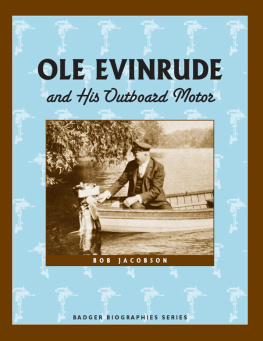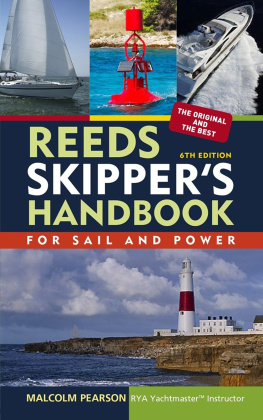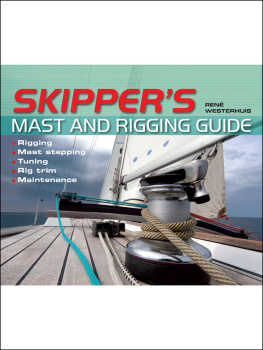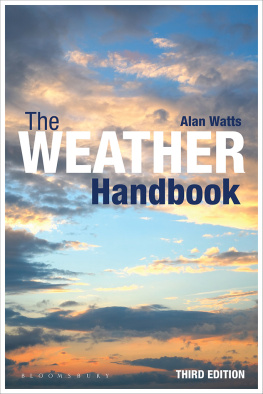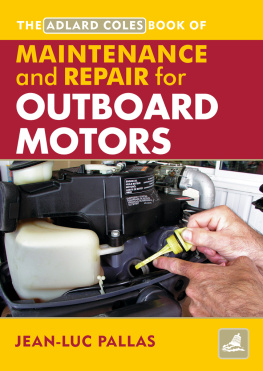

Published by Adlard Coles Nautical
an imprint of Bloomsbury Publishing Plc
50 Bedford Square, London, WC1B 3DP
www.bloomsbury.com
Copyright Barry Pickthall 2013
This electronic edition published in 2013 by Bloomsbury Publishing Plc
ISBN 978-1-4081-8193-5
Epub ISBN 978-1-4081-9259-7
EPDF ISBN 978-1-4081-9260-3
All rights reserved.
You may not copy, distribute, transmit, reproduce or otherwise make available this publication (or any part of it) in any form, or by any means (including without limitation electronic, digital, optical, mechanical, photocopying, printing, recording or otherwise), without the prior written permission of the publisher. Any person who does any unauthorised act in relation to this publication may be liable to criminal prosecution and civil claims for damages
The right of the author to be identified as the author of this work has been asserted by him in accordance with the Copyright, Designs and Patents Act, 1988.
A CIP catalogue record for this book is available from the British Library.
Note: while all reasonable care has been taken in the publication of this book, the publishers take no responsibility for the use of the methods or products described in the book.
Sign up for newsletters to be the first to hear about our latest releases and special offers

Regular maintenance is the key to reliability. Outboards are both compact and often complex pieces of machinery operating in a harsh environment. The last thing you want to be doing is lifting the lid when out on the water. This pocket companion highlights the daily checks and maintenance needed before and after each trip to keep your outboard running as it should.
But if there is a breakdown, this book offers a simple guide to troubleshoot the problem and provides clear step-by-step instructions to get you going again.
Chapter 1
Outboard Types


Several types of outboard are available, from small lightweight electric troll and dinghy propulsion systems, to 2-strokes, 4-strokes, diesels in some cases with a choice of prop or waterjet propulsion. They also range in size from 20 to 100lbs of thrust for electric variants, and from 2hp to 300hp in combustion form.

The best of both worlds. This fisherman has a powerful outboard to get him out to where the fish are and then an electric outboard mounted on the bow to troll quietly around.

ELECTRIC OUTBOARDS
Electric outboards are light and simple to maintain. Their only limitation is their range. There are two types: the cheaper fresh water variety, and those for use in sea water. While the latter can be used in fresh, the former are made of materials that will suffer electrolytic corrosion when used in salt water, and the parts will quickly fizz away, so beware.
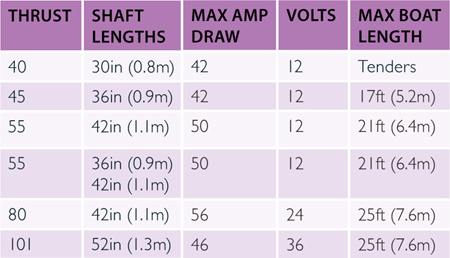
2-STROKE VS 4-STROKE OUTBOARDS
Thanks to stricter emission controls, the latest 2-stroke outboards fitted with direct fuel injection systems have been refined to use less oil in the fuel mix. The latest Yamaha, Mercury OptiMax, Evinrude E-TEC and Tohatsu engines are now just as quiet, clean-burning, and fuel efficient as their 4-stroke rivals, and retain a strong second-hand value.
2-STROKE OUTBOARDS
PROS
Lighter
Accelerate faster and better top-end speed
Less expensive
Easier to repair
Simple design with less to go wrong
Strong second-hand market
Good parts availability
Good resale value
CONS
More pollution (carbureted 2-stroke outboards)
Greater exhaust smoke (carbureted 2-stroke outboards)
Must remember to mix oil with the petrol (non oil injection models)
Rougher idle than 4-stroke outboards
Noisier than 4-stroke outboards
Harder to start (carbureted two-strokes)
Carburetors can gum up if not used for a long time
Spark plug fouling (carbureted 2-stroke outboards)

4-STROKE OUTBOARDS
PROS
Quiet and smooth running
Better fuel economy
Less pollution
No oil/gas mixture
Accepted on any body of water
Very reliable and easy to start
CONS
Heavier than 2-strokes
More expensive to repair
Less powerful than 2-strokes
More expensive to purchase
Harder to transport and store without a stand

WATERJET
Waterjets are ideal for use where safety is paramount such as on specialist rescue boats.

PROS
Safe no external propeller
Good top-end power
Good directional ability
Less susceptible to damage
CONS
Susceptible to weed intake
Heavier than propeller variant
Less low-end power
More expensive
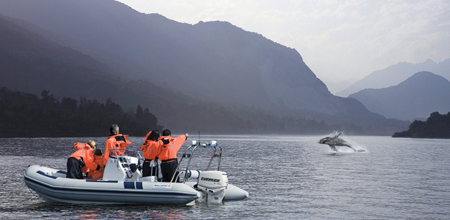
DIESEL OUTBOARDS
Diesel outboards are more rugged than 2- and 4-stroke petrol engines but, for the present, are available in a limited mid-sized horsepower range. They are also heavier and are used primarily on work and fishing boats where economy and reliability are more important considerations than high-end speed.

PROS
More economical
Greater reliability
Greater low-end torque
Simple design with less to go wrong
Strong second-hand market
Good resale value
CONS
Heavier than 2-stroke and 4-stroke outboards
Greater exhaust smoke
Limited horse-power range
Rougher idle than 4-strokes
Noisier than 4-stroke outboards
Next page







